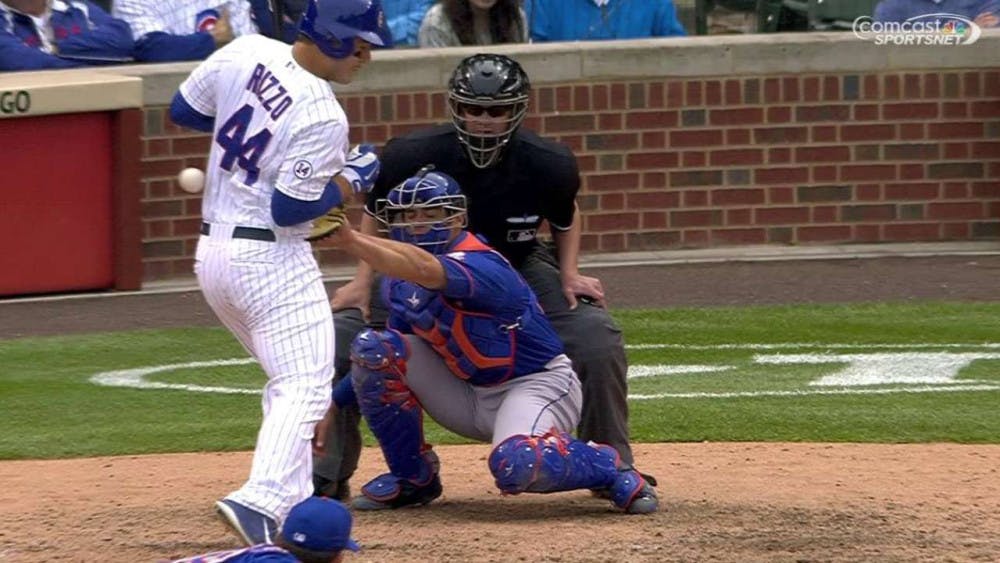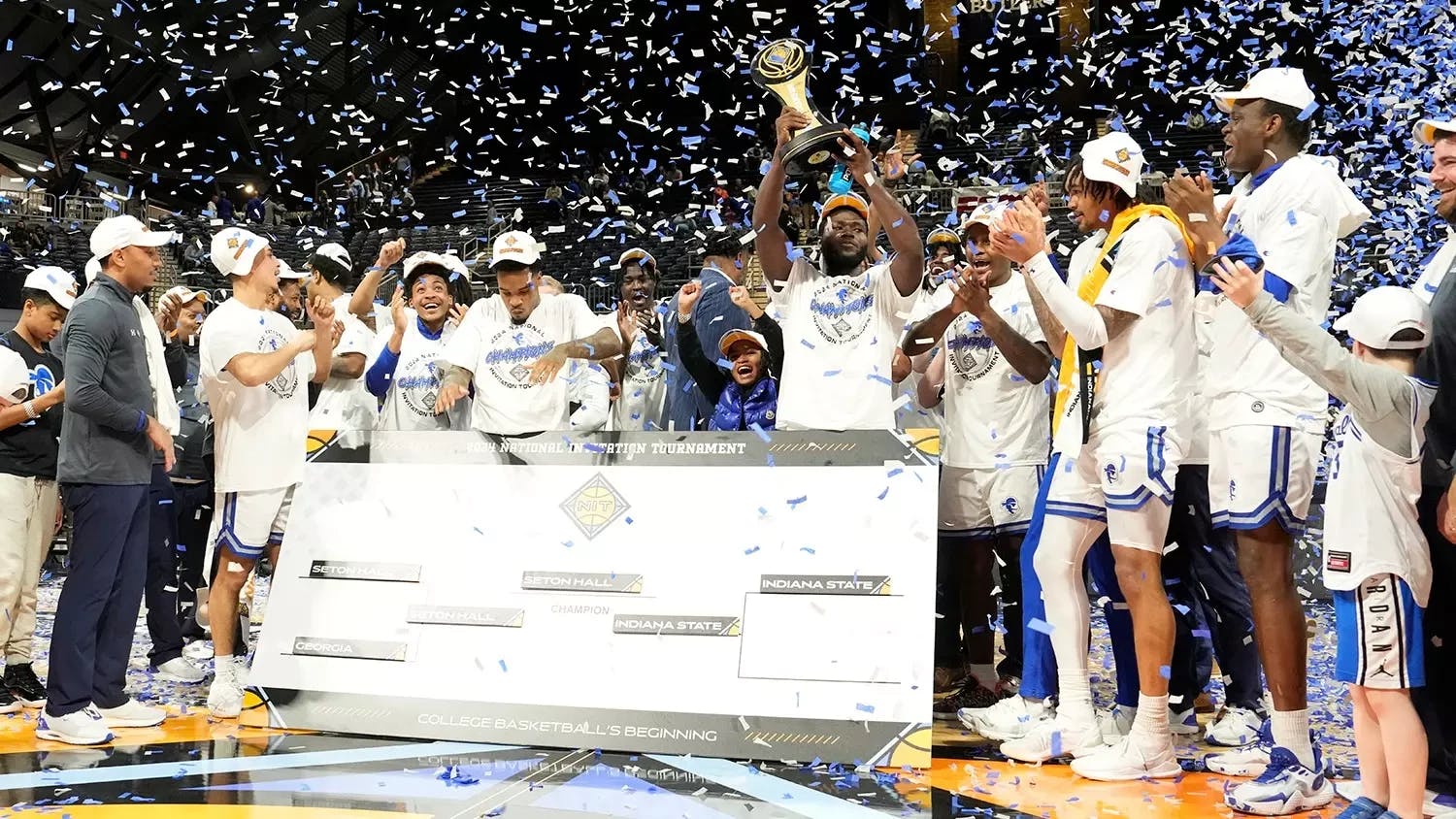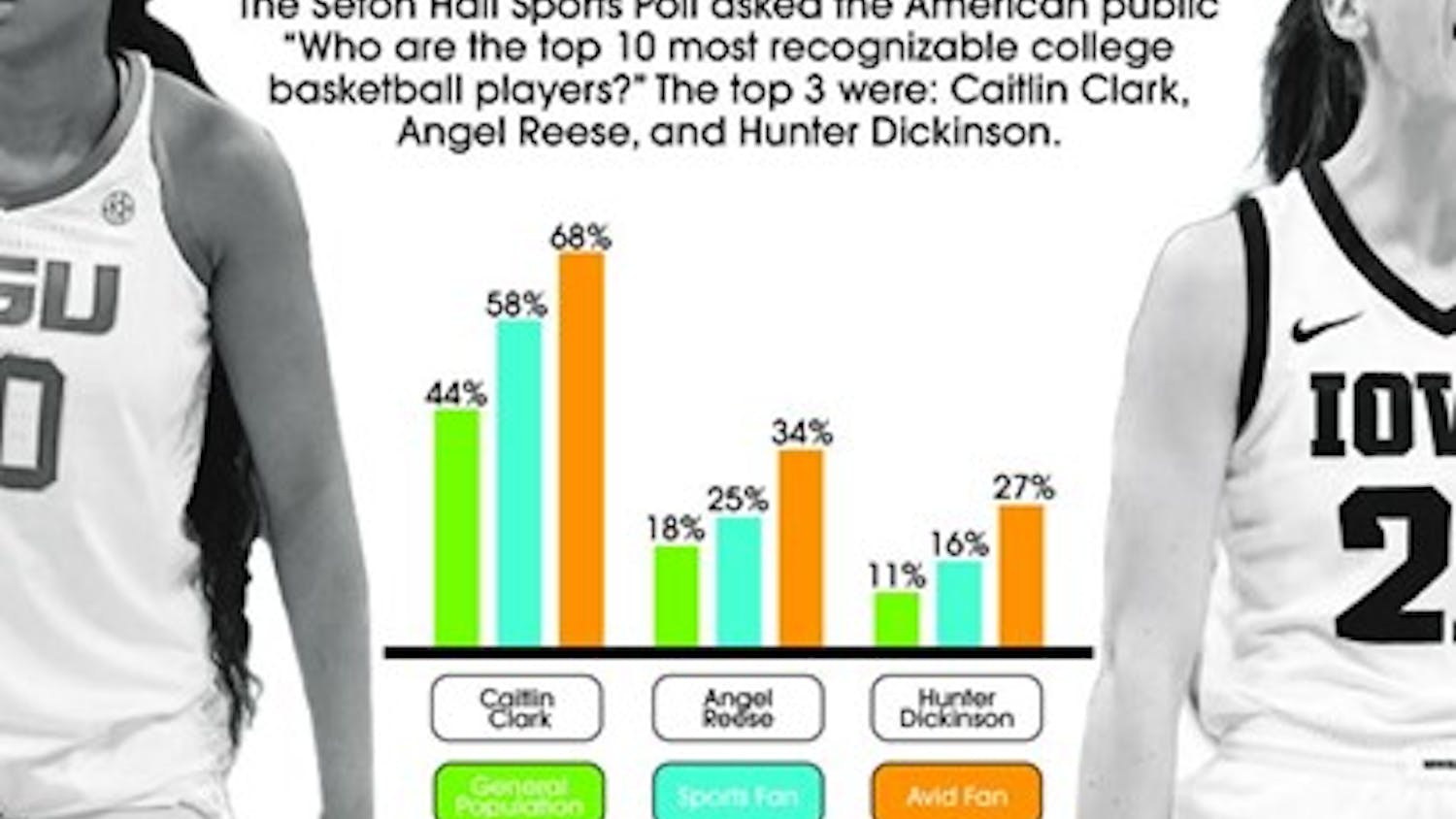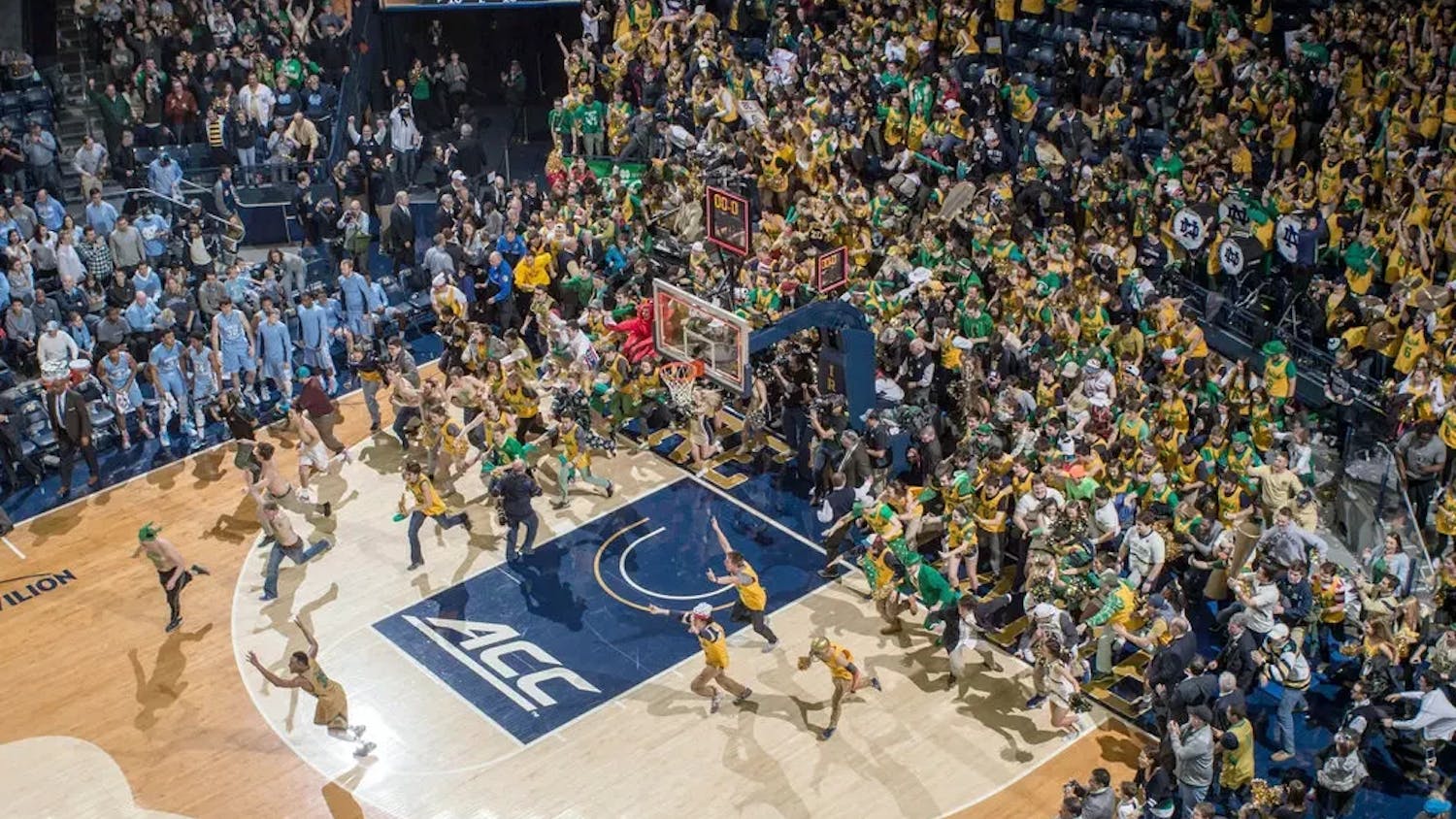Baseball fans saw tempers flare on April 11 as the Rockies and Padres, along with the Yankees and Red Sox, each cleared the benches in their respective games.
The first of the two feuds came when Padres pitcher Luis Perdomo threw behind Rockies star Nolan Arenado in what was likely a response to three hit batsmen between the two teams in the previous two games of the series.
[caption id="attachment_22861" align="aligncenter" width="838"] Photo via MLB.com[/caption]
Infuriated, Arenado charged the mound, swinging his fists at Perdomo as chaos ensued with both teams spilling out into the middle of the diamond. Perdomo and the Padres felt the Rockies were carelessly pitching inside and wished to return the favor.
Later in the evening, with the Yankees visiting the Red Sox, “The Rivalry” was reignited with a spark in the third inning and flames in the seventh.
With Tyler Austin running from first in the third inning, the Yankees’ first baseman slid hard into second in an attempt to break up the double play. During the process, Austin managed to spike Red Sox shortstop Brock Holt who, in turn, came face-to-face with Austin as the two jawed at each other.
Nothing came of the incident until the seventh inning when Austin stepped in the box to face Red Sox reliever Joe Kelly in a 10-6 ballgame. In an attempt to protect his teammate, Kelly pitched inside and drilled Austin in the back with a 98-mph fastball. Just like Arenado earlier in the day, Austin charged the mound and both teams pushed and shoved until cooler heads prevailed.
The incident begs the question of whether intentionally hitting players is good for the game. The answer depends on which side of the fence you are on. Players like Brock Holt certainly like the idea of their pitcher and teammates having their backs, but at the same time, guys like Arenado probably do not like being thrown at. Teams do seem to usually come out as a more cohesive and closer unit following a baseball brawl, though.
From a fan perspective, intentional hitting is a way to liven up what has been criticized as a “boring” game in recent years. Clips, tweets and articles about these intentionally-hit batsmen spread like wildfire across the internet in the days following. People like to see confrontation and a narrative being created on the diamond. It creates an incentive for a fan to tune in the next time the teams face off.
Those within the offices of Major League Baseball, however, are not fans of these plunkings. In total, six players from the April 11 bouts were suspended a combined 26 games for their roles in the fights. In addition, 15 players and coaches were fined undisclosed amounts for varying reasons associated with the scrums.
The intentional retaliations are good for the sport of baseball if done correctly. They create entertainment value and help bring teams closer; however, they do come with the risk of injury.
Many former players and coaches have come out and said that if a pitcher is going to throw at a hitter, they should do so below the shoulders and above the knees; throwing at a player’s head or knees is how people get hurt. Hurting the opposing player should not be the goal of hitting someone on purpose. The act serves as a reminder to the player or team that they must show respect for the team in the opposing dugout, and with the tradition comes drama and spectacle, which is good for a sport that is seen by many to be languishing in the public eye.
Nick Santoriello is a journalism major from Nutley, N.J. He can be reached at nicholas.santoriello@student.shu.edu or on Twitter @NickSantoriello.
Photo via MLB.com[/caption]
Infuriated, Arenado charged the mound, swinging his fists at Perdomo as chaos ensued with both teams spilling out into the middle of the diamond. Perdomo and the Padres felt the Rockies were carelessly pitching inside and wished to return the favor.
Later in the evening, with the Yankees visiting the Red Sox, “The Rivalry” was reignited with a spark in the third inning and flames in the seventh.
With Tyler Austin running from first in the third inning, the Yankees’ first baseman slid hard into second in an attempt to break up the double play. During the process, Austin managed to spike Red Sox shortstop Brock Holt who, in turn, came face-to-face with Austin as the two jawed at each other.
Nothing came of the incident until the seventh inning when Austin stepped in the box to face Red Sox reliever Joe Kelly in a 10-6 ballgame. In an attempt to protect his teammate, Kelly pitched inside and drilled Austin in the back with a 98-mph fastball. Just like Arenado earlier in the day, Austin charged the mound and both teams pushed and shoved until cooler heads prevailed.
The incident begs the question of whether intentionally hitting players is good for the game. The answer depends on which side of the fence you are on. Players like Brock Holt certainly like the idea of their pitcher and teammates having their backs, but at the same time, guys like Arenado probably do not like being thrown at. Teams do seem to usually come out as a more cohesive and closer unit following a baseball brawl, though.
From a fan perspective, intentional hitting is a way to liven up what has been criticized as a “boring” game in recent years. Clips, tweets and articles about these intentionally-hit batsmen spread like wildfire across the internet in the days following. People like to see confrontation and a narrative being created on the diamond. It creates an incentive for a fan to tune in the next time the teams face off.
Those within the offices of Major League Baseball, however, are not fans of these plunkings. In total, six players from the April 11 bouts were suspended a combined 26 games for their roles in the fights. In addition, 15 players and coaches were fined undisclosed amounts for varying reasons associated with the scrums.
The intentional retaliations are good for the sport of baseball if done correctly. They create entertainment value and help bring teams closer; however, they do come with the risk of injury.
Many former players and coaches have come out and said that if a pitcher is going to throw at a hitter, they should do so below the shoulders and above the knees; throwing at a player’s head or knees is how people get hurt. Hurting the opposing player should not be the goal of hitting someone on purpose. The act serves as a reminder to the player or team that they must show respect for the team in the opposing dugout, and with the tradition comes drama and spectacle, which is good for a sport that is seen by many to be languishing in the public eye.
Nick Santoriello is a journalism major from Nutley, N.J. He can be reached at nicholas.santoriello@student.shu.edu or on Twitter @NickSantoriello.

Comments




